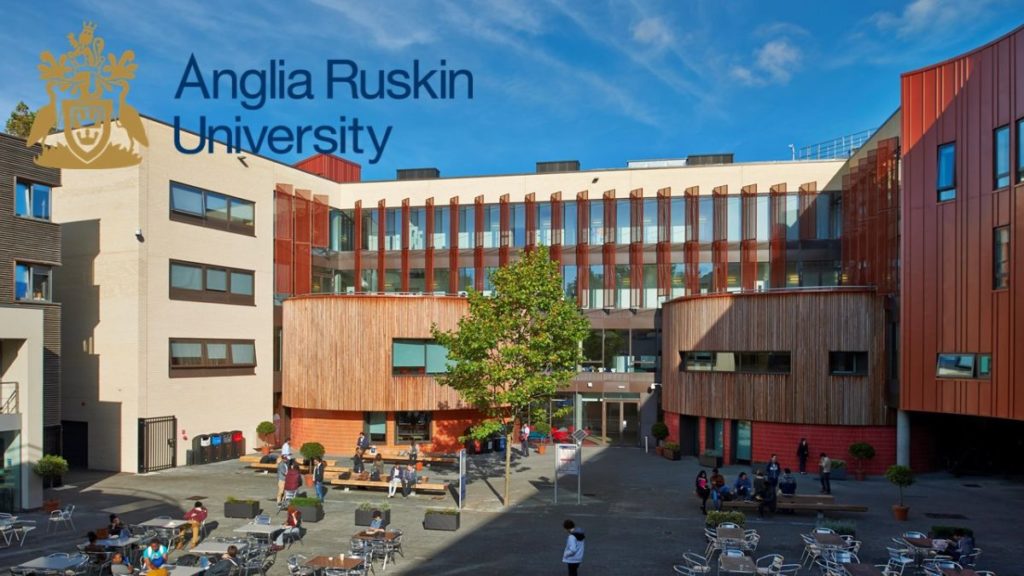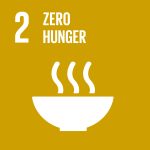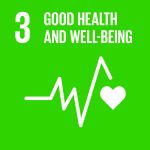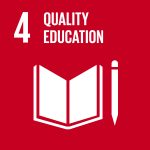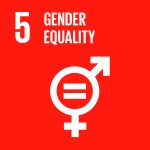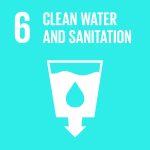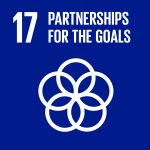Esta web utiliza cookies para que podamos ofrecerte la mejor experiencia de usuario posible. La información de las cookies se almacena en tu navegador y realiza funciones tales como reconocerte cuando vuelves a nuestra web o ayudar a nuestro equipo a comprender qué secciones de la web encuentras más interesantes y útiles.
Sustainable Sainji: experiencing the sustainable development goals first-hand.
Description
Institution
Organizations/areas of the university involved
Anglia Ruskin University, including the Global Sustainability Institute
Sainji – village in Uttarakhand, North India
Country
United Kingdom
Sainji, and its surrounding villages, lie in the foothills of the Himalayas in North West India. The area displays many of the complex challenges and opportunities which characterise sustainable development and are compounded by the impact of a rapidly changing climate. The area provides a real-life example of how international development strategies, notably the UN’s Sustainable Development Goals (SDGs), play out at a local level.
Sustainable Sainji, a unique partnership between community leaders in Sainji and the Education for Sustainability team at the Global Sustainability Institute at Anglia Ruskin University, was established in 2015 to give volunteer students first-hand experience of this.
The aim of the project is to help local communities with some of their most pressing challenges, which mirror those that the SDGs were designed to eradicate, including: discrimination, poverty; hunger; poor quality education and lack of access to clean water. In exchange, volunteer students gain a transformational educational experience in which they develop a deep understanding of the role they can play in the creation of a more sustainable world. Students work on specific projects, co-created by villagers and which utilise and develop student’s degree level knowledge, skills and capabilities.
Villagers in Sainji identified 3 main areas where support was required:
• Health, nutrition and first aid: SDG2, SDG3 and SDG6 were particularly relevant here. Villagers struggle with health issues resulting from a lack of basic hygiene as access to clean water and a lack of access to medical services. Students from nursing and paramedic courses join us each year in Sainji to encourage villagers to wash their hands with soap and to provide basic first aid training.
• Puberty education: SDG3; SDG4; and SDG5 were particularly relevant in this instance. Our students help the young people in the village understand the physical and emotional changes happening to them at puberty helping reduce misconceptions, empower females and reduce the potential for culturally inappropriate behaviour.
• Teaching the teachers: SDG4 enables many of the other SDGs to be achieved. Students from our Primary Education course join us in Sainji to develop teachers’ skills.
Results and impact measured or expected
Sustainable Sainji has led to significant impacts on the students and in the communities of Sainji.
Feedback from the students demonstrate it transforms how they think about sustainable development and empowers them to work towards the SDGs. As one student explains “ I now feel I have the knowledge and understanding to actively try to play my small part in sustainable development”
There is also evidence of how we are making a practical difference, in subtle but important ways as well as by improving the local infrastructure. On our last trip we were very pleased to note, for example, that several of the girls books on puberty had gone missing from the school (i.e. had been taken home) and others were obviously very well read. We are also now being invited to villages to provide our first aid show rather than having to ask if we can visit.
Connection with the SDG framework
Sustainable Sainji was established to give students a first-hand experience of sustainable development. The SDGs provide a practical framework for this experience. They learn about the SDGs in the classroom before travelling to India and choose to focus on a project which links directly to a specific SDG and which most often is related to their degree subject and existing knowledge and skill set. Once in India, they are immediately confronted with the practicalities of implementing an SDG and develop critical skills and capabilities to transfer their theoretical knowledge into practical outcomes. By being part of a diverse team of students from a range of disciplinary backgrounds, they also gain an appreciation of other SDGs and most importantly of how the various SDGs interact and the importance of working across the SDGs in a collaborative manner (SDG 17).
Barriers and follow up
The 2020 programme has been postponed due to the COVID-19 pandemic but students are continuing to help in the community, and are particularly aware of the risk of the pandemic increasing inequalities (SDG 10). To give those for whom home schooling is not possible, they are recording lessons they should be receiving and uploading them to YouTube. Most families have some phone access to the internet.
Education 4 SDG funciona gracias a WordPress
